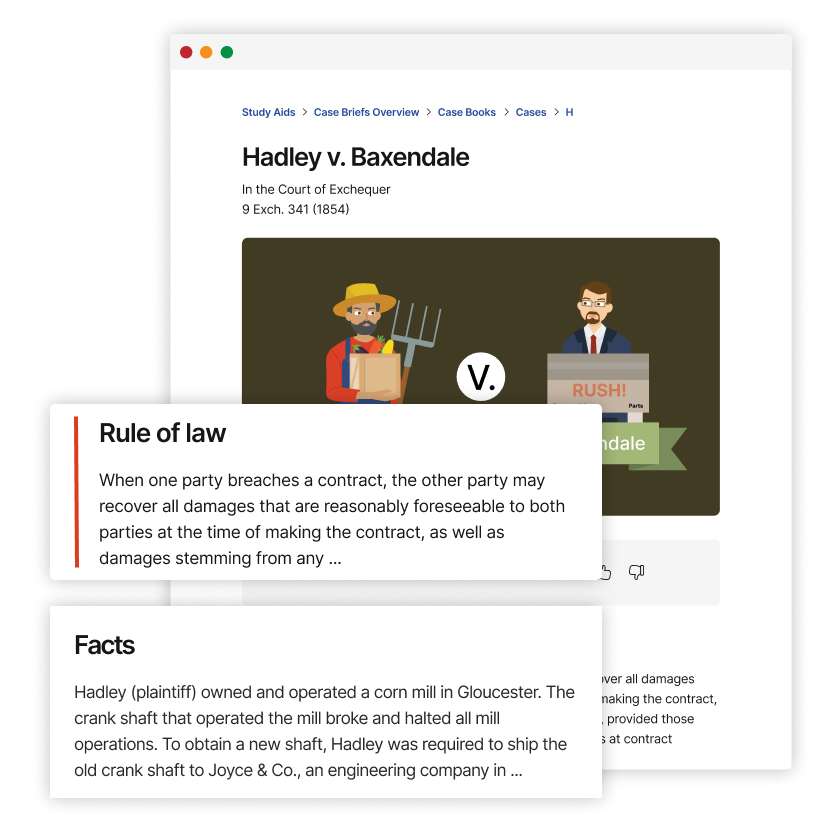Rush v. Savchuk
United States Supreme Court
444 U.S. 320 (1980)
- Written by Steven Pacht, JD
Facts
Savchuk (plaintiff) and Rush (defendant) were involved in a car accident in Indiana, where they both then lived. The car was insured by State Farm Mutual Automobile Insurance Company (State Farm). Savchuk could not sue Rush in Indiana due to Indiana’s guest statute. Approximately 18 months later, Savchuk moved to Minnesota. Rush had no contacts with Minnesota, but Savchuk sued Rush in Minnesota state court, seeking to use Rush’s policy with State Farm, which did business in Minnesota, as the hook for quasi-in-rem jurisdiction. Rush and State Farm moved to dismiss on due-process grounds, but the trial court denied their motion. The Minnesota Supreme Court affirmed, ruling that (1) an insurer’s duty to defend and indemnify an insured is garnishable property for personal-jurisdiction purposes as long as the plaintiff resided in Minnesota at the time of garnishment and (2) due process allowed Minnesota to assert personal jurisdiction over Rush because he had notice and an opportunity to defend and his liability was limited to the policy benefit. The United States Supreme Court vacated that decision and remanded the case to the Minnesota Supreme Court in light of Shaffer v. Heitner, in which the Court held that in-state property alone could not justify personal jurisdiction. On remand, the Minnesota Supreme Court ruled that the assertion of quasi-in-rem jurisdiction satisfied due process. In doing so, the Minnesota Supreme Court relied on a New York Court of Appeals’ decision holding that an insurer’s obligation to defend its insured was a debt subject to attachment if the insurer did business in the attaching state. Under that theory, a policy issued in the forum was sufficient for jurisdiction because, among other things, an insurer controlled the litigation as a practical matter and the insured’s damages liability could not exceed the policy limit. In the alternative, the Minnesota Supreme Court likened the garnishment of the State Farm policy to a direct action against State Farm, over which Minnesota could assert personal jurisdiction. Rush and State Farm appealed.
Rule of Law
Issue
Holding and Reasoning (Marshall, J.)
Dissent (Stevens, J.)
Dissent (Brennan, J.)
What to do next…
Here's why 899,000 law students have relied on our case briefs:
- Written by law professors and practitioners, not other law students. 47,000 briefs, keyed to 994 casebooks. Top-notch customer support.
- The right amount of information, includes the facts, issues, rule of law, holding and reasoning, and any concurrences and dissents.
- Access in your classes, works on your mobile and tablet. Massive library of related video lessons and high quality multiple-choice questions.
- Easy to use, uniform format for every case brief. Written in plain English, not in legalese. Our briefs summarize and simplify; they don’t just repeat the court’s language.







